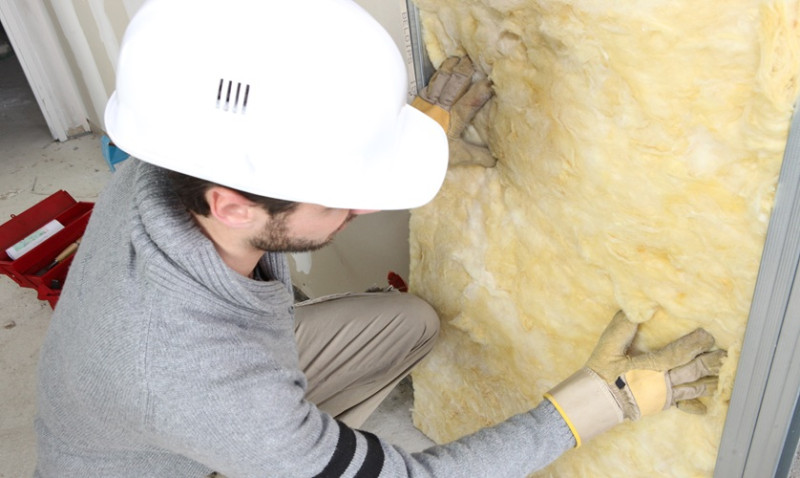
Starting your own massage business is an exciting venture that can lead to financial freedom, a flexible schedule, and the satisfaction of helping others lead healthier, more relaxed lives. But just like any other business, success doesn't happen by chance. There are essential steps you should take before opening your doors to clients. Whether you're a qualified massage therapist looking to become self-employed or you're transitioning from a different career altogether, these three foundational steps will set you on the path toward a successful and sustainable massage business—right here in the UK.
1. Define Your Business Vision and Identify Your Target Audience
Before diving into the logistics of renting a studio or buying massage tables, it’s important to define your business vision. Begin by asking yourself: "What type of massage business do I want to create?" Are you offering deep tissue and sports massages for athletes? Luxurious aromatherapy for busy professionals? Or perhaps mobile massage services for elderly clients at their homes? Clarifying your niche will guide every decision you make moving forward.
In the UK, particularly in urban centres like London, Manchester, Birmingham, and Edinburgh, the massage market is highly competitive. Defining a unique angle or speciality can help you stand out in a crowded marketplace. Try to position your brand in a way that speaks directly to the needs and lifestyles of your ideal client base — for example, offering evening appointments for city-based professionals or corporate wellness packages for local businesses.
Develop a basic business mission statement. It should describe why your business exists, what it offers, and who it serves. You might want to include your core values too — such as integrity, professionalism, or a focus on natural wellness. This will be helpful later when designing your marketing materials and talking to potential customers.
Finally, ask yourself: how will your business be perceived? Spend time researching competitors and analysing what their branding, services, and pricing look like. This insight can help shape your own message and market positioning.
2. Get Qualified, Licensed, and Insured
This is not just about compliance — this step also reassures clients of your professionalism and credibility. In the UK, massage therapy is not as tightly regulated as other health services, but there are still important qualifications, memberships, and insurance requirements you'll need to have in place before trading legally and safely.
If you haven't already, make sure you’ve completed an accredited massage therapy course. The industry-recognised Level 3 Diploma in Massage Therapy is often the standard for entry. It covers anatomy, physiology, and a range of massage techniques, providing a solid foundation. There are also specialist courses in holistic massage, sports massage, and pregnancy massage – choose qualifications that align with your niche.
Join a professional association such as the Federation of Holistic Therapists (FHT), the Complementary and Natural Healthcare Council (CNHC), or the Massage Training Institute (MTI). Membership lends credibility and can help clients feel reassured that you're working to high standards. Many of these bodies also help with CPD (continuing professional development) and offer resources for therapists.
Securing appropriate insurance is critical – not just to protect your business assets but also to comply with most venue requirements. At a minimum, you will need public liability insurance and professional indemnity insurance. If you eventually bring staff onboard, employer’s liability insurance may also be necessary.
Don’t forget to register your business with HMRC. You’ll need to choose a legal structure (sole trader, limited company, or partnership), register for taxes, and keep good financial records from day one.
3. Prepare Your Business Space and Marketing Strategy
Where you provide your massage services is just as important as how you deliver them. Take time to consider whether you’ll run your business from home, rent a treatment room, open your own studio, or offer mobile massage. Each setup has its pros and cons, especially when it comes to startup cost, convenience, and client privacy.
If you’re renting space, make sure it’s in a location that suits your target audience. For example, if you’re targeting busy professionals in London, consider being near business hubs or tube stations. Ensure your space is tranquil, aesthetically appealing, and complies with local council requirements for health and safety. Even your furniture matters — a massage table, appropriate lighting, storage, and quality oils can transform the client experience.
Equally important is your branding and marketing strategy. Invest in a professionally designed logo and brand identity. Then, create a clean, informative, SEO-optimised website where new clients can learn more about your services, book online, and read reviews. Make sure your website is mobile-friendly and loads quickly — most people will find you via smartphones.
Social media channels like Instagram and Facebook are particularly powerful in the wellness industry. Share photos of your practice space, client testimonials (with permission), behind-the-scenes content, and wellness tips. Google Business Profile (formerly Google My Business) is also a must if you want to target local searches — especially those vital “massage near me” queries.
Finally, consider launching with a compelling introductory offer — such as 20% off the first treatment, or a loyalty card scheme. These can attract early customer traffic while helping you build a loyal client base. Offline marketing still works wonders too: distributing leaflets in local cafes, yoga studios, and offices, or even collaborating with local health professionals can elevate your reach.
Final Thoughts
Launching a massage business is about much more than just your technical skill set. To succeed in the UK market, you need a clear vision, appropriate qualifications, legal compliance, and a customer-friendly brand. Take time to develop each of these foundational pillars, and you’ll create a massage business that is not only profitable but also deeply rewarding.
Whether you’re working off-site as a mobile therapist in Bristol or opening your own boutique therapy room in Sheffield, laying the proper groundwork increases your chances of long-term success. Start with these three essential steps, and you’ll be well on your way to turning your massage dream into a thriving business reality.





